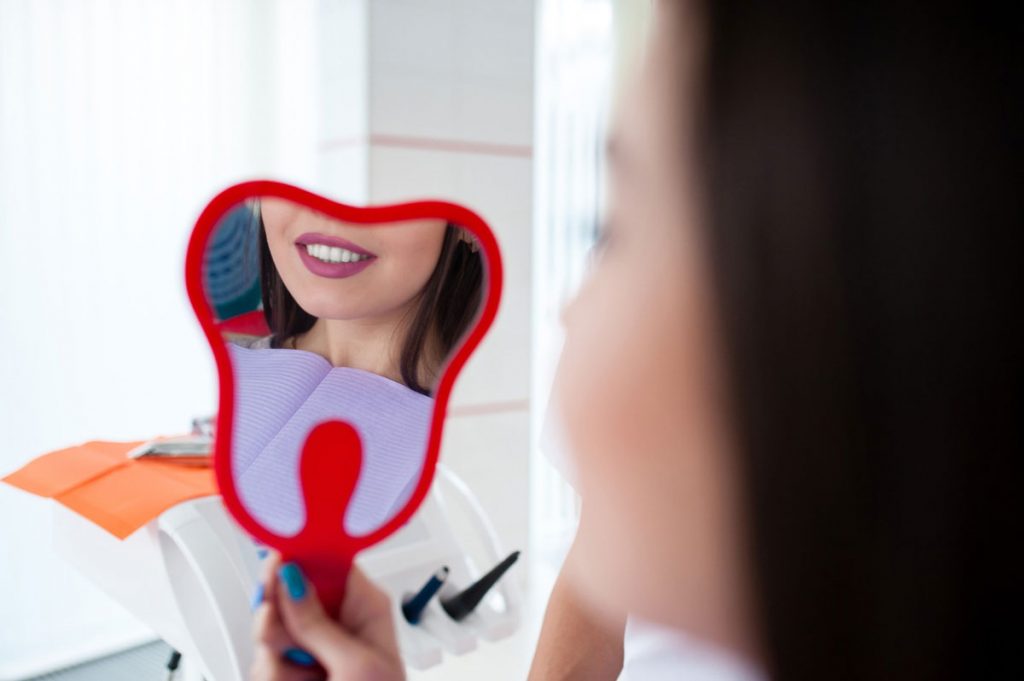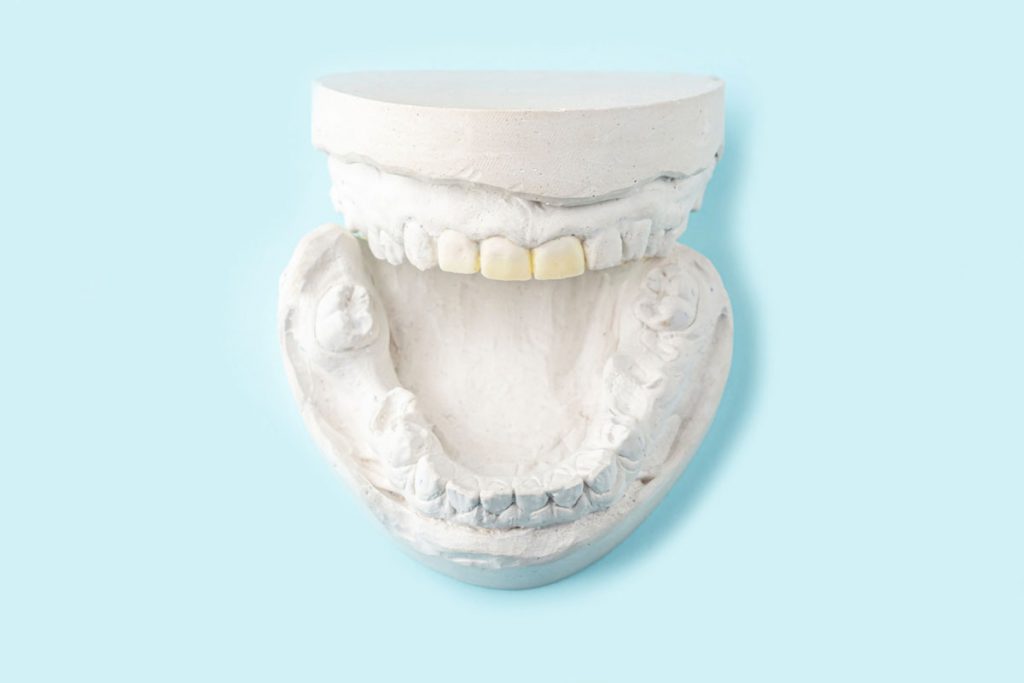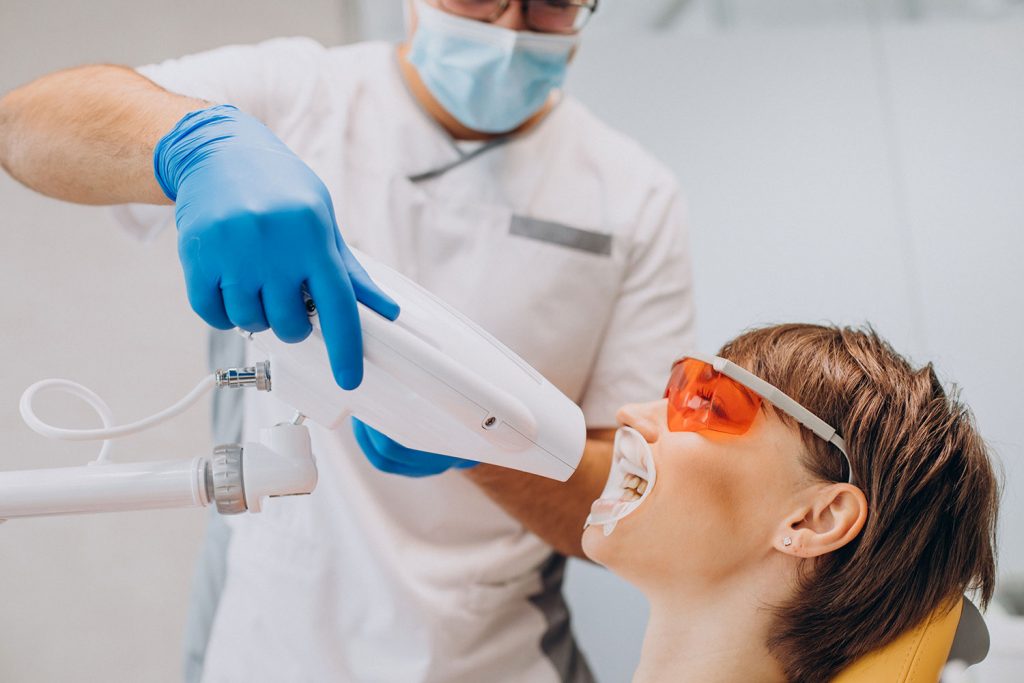Many have become obsessed with the smiles of Hollywood celebrities, and that's not surprising. The…

Closing a diastema with teeth bonding: everything you need to know
How does teeth bonding work?
Teeth bonding (also known as dental bonding) is one of the mildest cosmetic dental treatments which can provide the most fabulous results in no time. By applying thin layers of composite and building up areas on or around the tooth, teeth bonding can be helpful when you’ve had a dental trauma and broke or cracked a tooth; when your teeth are severally stained, and whitening won’t do; if you’re suffering from extreme tooth sensitivity; or as the subject of this article suggests, when you need to close a gap between teeth.
For a bonding procedure to be successful, the clinician needs to have an artistic side of sorts. One of the first aspects they need to consider is the suitability for bonding in the area you’re willing to correct. In some cases, when the gap between the teeth is rather large, for example, bonding may not be suitable if the surface that it will be based on is not large enough to provide stability. In patients who suffer from teeth grinding or TMJ, bonding may also be an unsuitable solution. In either case, a consultation with our bonding specialist with over 35 years of experience and thousands of transformed smiles will answer any questions you may have.
Benefits of closing a gap with dental bonding

One of the major benefits of closing a gap using teeth bonding lays in time and cost. Unlike orthodontic brace treatments, which take 9+ months with costs starting from £3000, bonding can be completed with a couple of visits to the clinic and will cost significantly less.
Another major benefit of closing a tooth gap with dental bonding is that the process is 100% reversible and doesn’t damage your natural teeth. Unlike ceramic veneers, for example, which require a large part of the tooth to be shaved, dental bonding is attached to the enamel of your teeth without destroying it.
What do you need to know before booking your procedure?
Ask for a preview

If your bonding will only bring a minor change, such as closing a gap which is 1mm or less, then a preview will not be needed. Nonetheless, if your gap is larger and you want to ensure that the final result is exactly what you imagine it to be, then you can request that a preview is created before the actual bonding takes place. There’s a cost associated with preview model creation, but the benefit is substantial enough to make this completely worth the investment. With a preview of your bonding, you’ll be able to view exactly how your teeth would look once the procedure is complete and the process is not even virtual. Upon application of the model, you’ll see your smile in the mirror, find out if it affects your speech (although this is unlikely), and know if the bonding colour you’ve chosen fits your natural tooth shade.
Whiten before bonding

If you plan on having tooth bonding done but would also like to whiten your teeth, make sure that the whitening comes first. Dental bonding will not be affected by the whitening gels, so it’s important that you choose a shade which you’ll be able to maintain looking naturally.
On the day of your appointment
Since dental bonding is such a mild procedure, no sedation is required. There’s no element of drilling on your teeth, so there’s no reason to worry. We strongly advise you to have a substantial meal before your bonding. Although there’s no strict requirement to avoid eating after the procedure, it is a good practice to allow some time for bonding to set properly.
How to care for your bonding

You can brush and care for your teeth as you did previously with dental bonding. It will not influence your visits to the dentist or your hygiene sessions, but you must avoid AirFlow at all costs. The small particles which AirFlow uses to remove tooth staining can damage the surface of the bonding, causing it to stain exceptionally quickly.
You will need to visit your bonding specialist once a year for them to check the condition of your bonding and polish it. These “maintenance” appointments will take 20 minutes of your time and will give you a long-lasting, beautiful smile.


